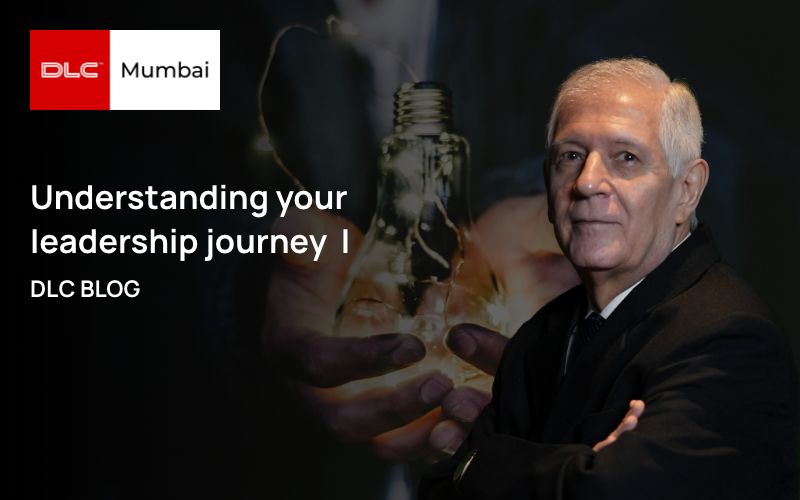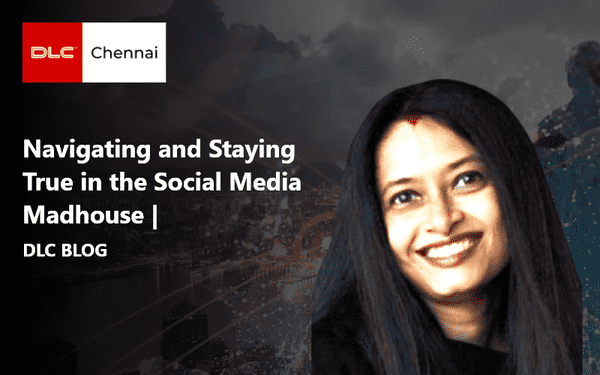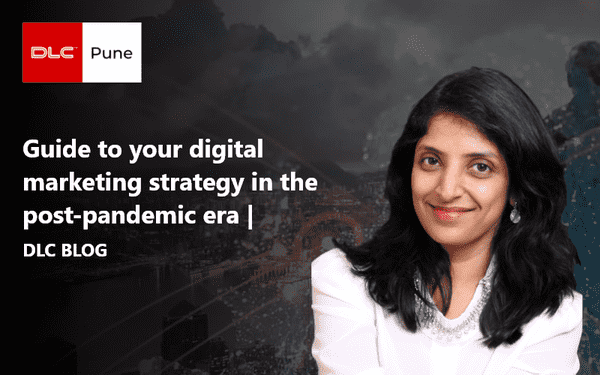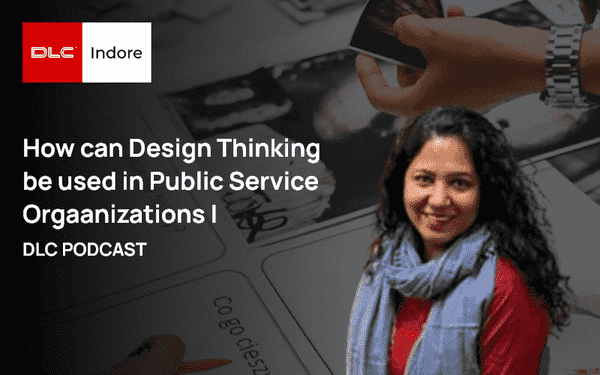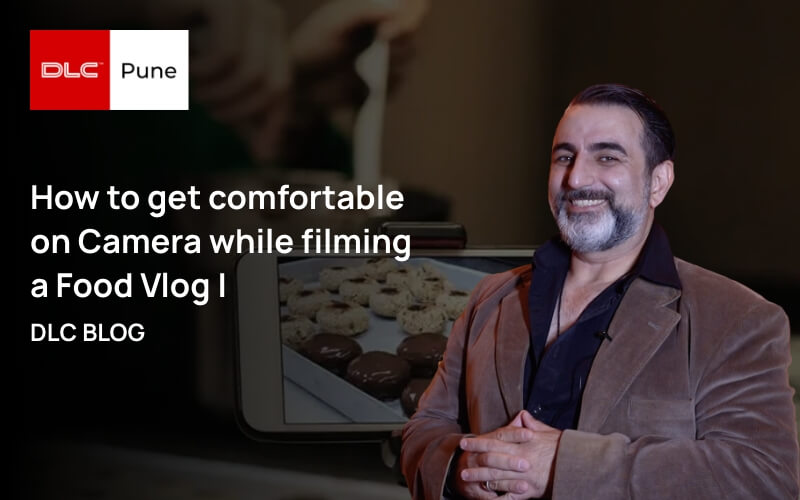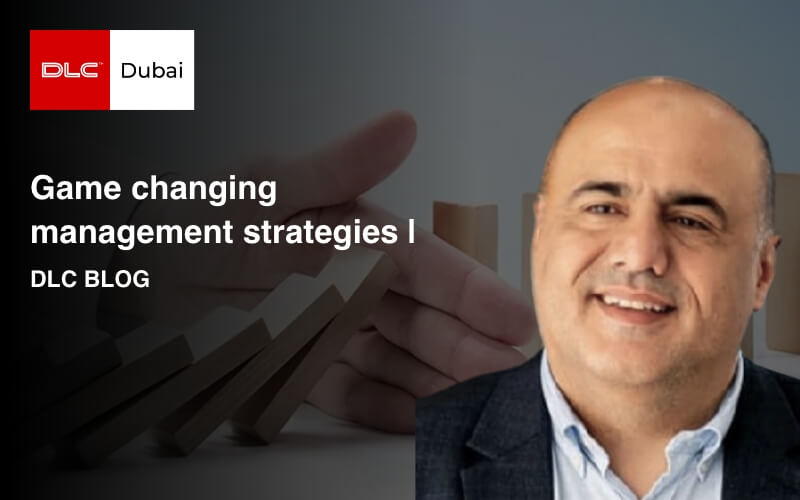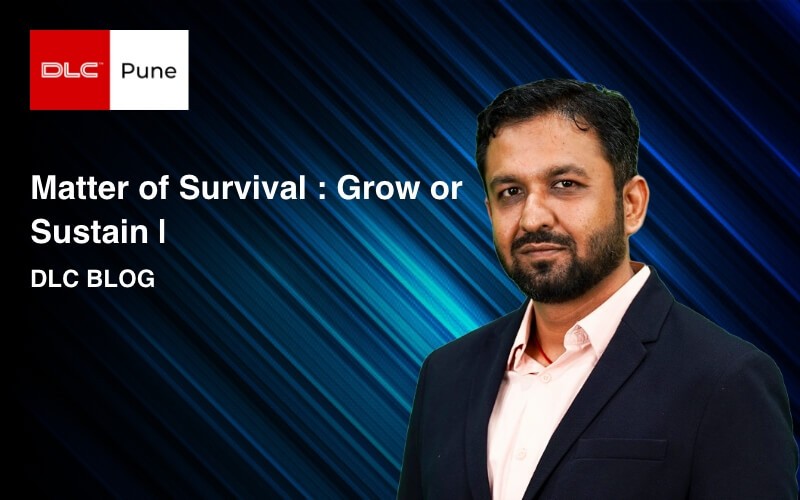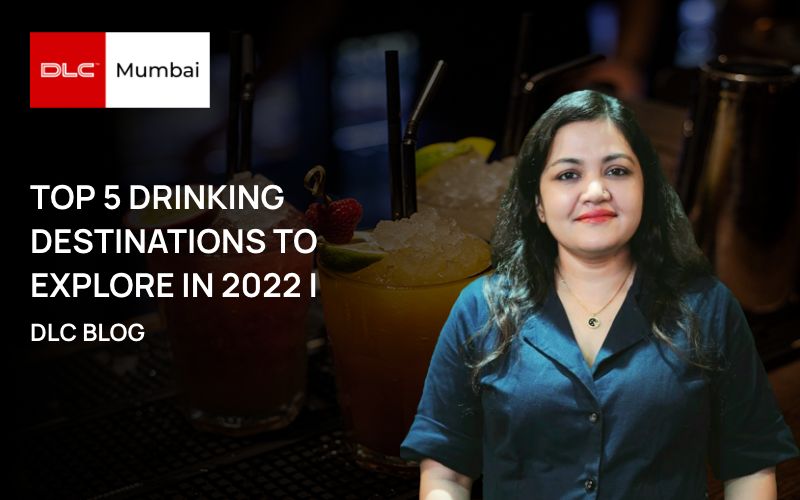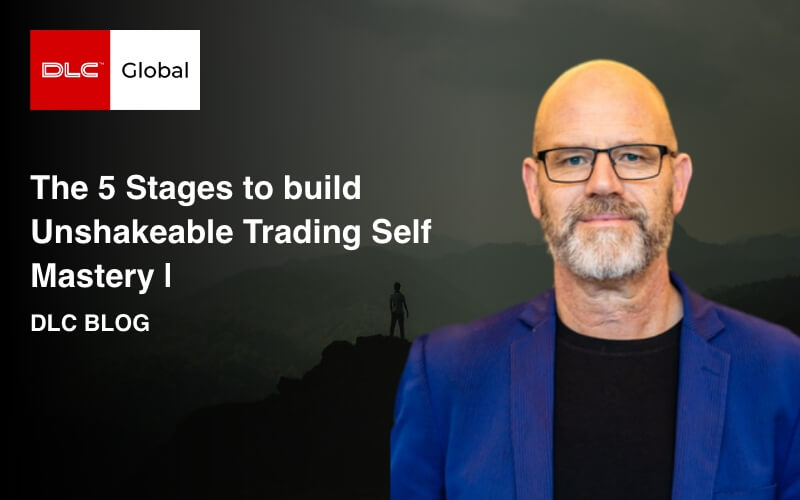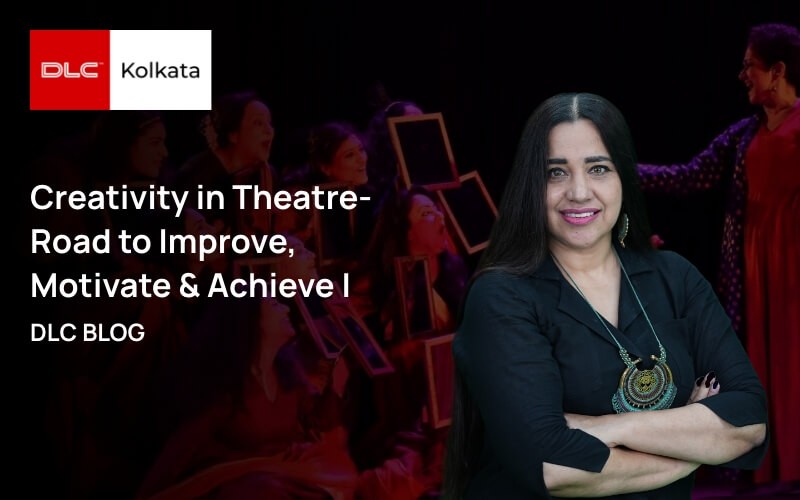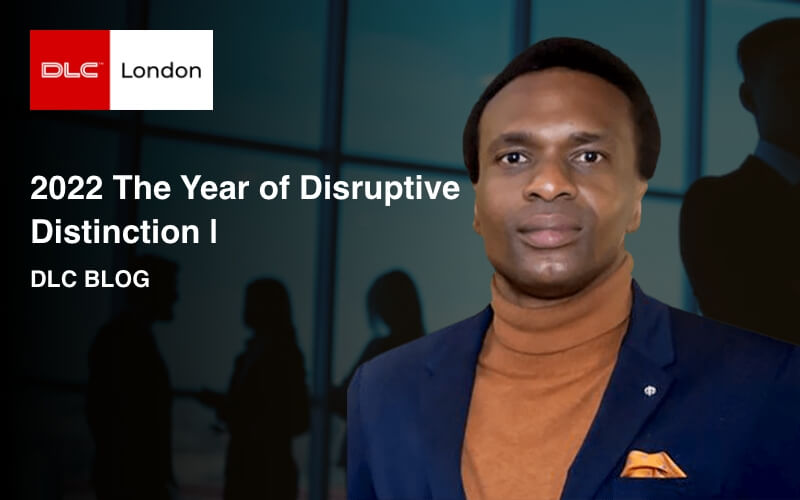
We have seen an unprecedented acceleration and adoption of digital across businesses and the daily lives of people.
Consumers are spending more time on digital, eCommerce, OTT, Gaming, and eSports than ever before.
While businesses are reorienting themselves to the new normal – marketing functions within organizations will need to refresh and reinvent quickly to help put the businesses back on the growth track.
An obvious direction is to dial up your presence on digital. Skew efforts in favor of digital channels. While this may seem like the promising way ahead – if not done right, this can also be a drain on resources with very little or no change in results.
The sheer number of players flocking for discovery and visibility on digital platforms has made it mandatory to pause and assess.
The need for an integrated and singular brand narrative on digital:
The digital media landscape is complex. Ever-increasing and dynamic platforms, content formats, advertising assets coupled with the need to consistently create content to be in touch with the consumers have left brands looking confused, with no linearity in communication and single thought holding them together.
The increased decibels online-only compound this problem further.
Therefore, building a digital brand identity document is not an option anymore. While the document should honour the fundamentals of brand identity, it should build in definitions, checkpoints, and guardrails for all platforms and content formats on digital. And remember that this document by the very nature of digital will be ever-evolving, and thus agile.
The need for personalization
Cookies are likely to be history soon. While advertisers have a reason to be upset, I also believe there is an interesting and perhaps a more powerful alternative—which is opt-in personalization.
Consumers are now more likely to opt-in for richer and relevant experiences. And as brands, we need to be prepared to give them the best and the most memorable experiences.
This is the job of data and technology.
Priority one is to structure your customer data in meaningful ways. And next – use creativity and technology to make it worthwhile for your consumers that you have their data.
The data that consumers are willing to leave behind for you will be your biggest asset and also your biggest responsibility.
Some ways in which we have done this at DViO are by personalizing branded videos with consumer data at scale, intercepting high potential brand conversations on social and leveraging the opportunity to amplify the brand narrative.
Notable among our personalization initiatives is how we used technology to make every fan of Game of Thrones appear on the key art poster of Game of Thrones.
These are the kind of experiences consumers will remember forever.
The need for conversations
An integral part of personalization is conversations. And brands now have both public platforms (social media) and private platforms (messengers) for conversations with consumers.
Personalized conversations add value, build affinity, and have the potential to build powerful brands.
And thus, the adoption of rule-based conversations or machine learning-based conversations on chatbots enabled across websites, apps and commonly used messenger platforms like Whatsapp, Facebook Messenger, Telegram, etc. will need to become the norm.
Another high potential enabler for conversations is Voice Technology. As per a Google report- 27 % of online audiences are already using voice in some way.
Voice is poised to change the game on Search. Thus, when you enable your brand for voice search, you are preparing the ground to build a personalized relationship and equity with your consumer.
The need for gamification
Tell me, I will forget. Show me, I may remember. Involve me, and you got me.” – This is the power of gamification.
Nothing will have more impact in digital marketing than finding ways to involve the consumer – and gamification allows exactly for that.
And the fact that adoption of gaming has exceeded the growth projection owing to Covid1-9– multiplies the power of gamification.
This could involve in-game integration, creating custom gamified digital experiences using AR, VR, and chatbots, or even using new tech platforms on social media like Spark AR from Facebook or Lens Studio from Snapchat.
The need for immersive storytelling
As 5G becomes mainstream, the video should become the preferred format of content for brands to build their brand narratives. Audio Visual formats by far are the most impactful channels of communication today. It moves, immerses, and triggers mirror neurons of empathy.
The amount of time spent on Facebook Watch, Reels, YouTube, and video-first platforms like Tiktok stand testimony to this.
But for the brands to meet the demands of the volume of videos to be created – the democratization of video creation is the solution. AV can no longer remain the privilege of brands with large budgets.
While most popular social media apps have native video capture and editing DIY capabilities built in—the need for automation, technology, and AI-enabled video production will be more pronounced.
It’s also noteworthy that Facebook’s oculus is also making fast advancements and will open up a whole new dimension of storytelling in VR.
The need for innovating
Brands active on digital will step up even more aggressively, those moderately present will make digital their primary channel and those who ignored digital so far – will be forced adopt digital to be in business.
Thus, innovation for marketers is not a choice, it’s is a responsibility. There is likely to be a barrage of communication towards consumers, and thus information fatigue. The question creative strategists should as ask themselves is:
Q. Is my content adding value in some way to my consumer—entertaining him, telling him more about what he is already interested in, and surprising her/him in a way that will create marvel or bring a smile on her/his face?
One way of doing this is to reimagine and play with the user experience and user interface on platforms that you use to communicate with your consumers regularly.
The need for going beyond digital
And last but not least – find ways for your communication to go beyond digital and impact and engage the consumer in their daily, physical lives.
As marketers, it is our responsibility to find ways to connect with people and humanize the world. It is the social and human fabric of the society that ultimately is the base or even reason for any commerce to happen. And this need for encouraging connections is even more pronounced as we recover from the Covid19 era.
With so much going on about a digitized world – let’s not forget we are living in a physical world, with real people, real emotions that value touch and care.
One of India’s largest, independent marketing companies with a presence in India, the Middle East, Malaysia, and Bangladesh.She is also a start-up mentor, investor, and TedX speaker.DViO’s current clientele includes market leaders like Star TV (now a part of Disney),Hotstar, Zee5 Global, Flipkart, BookMyShow, McDonald’s, Landmark Group, Lulu, W, Aldo, Reliance, SOTC, Manipal University, Symbiosis International University, Bits Pilani.
Want to connect ?









